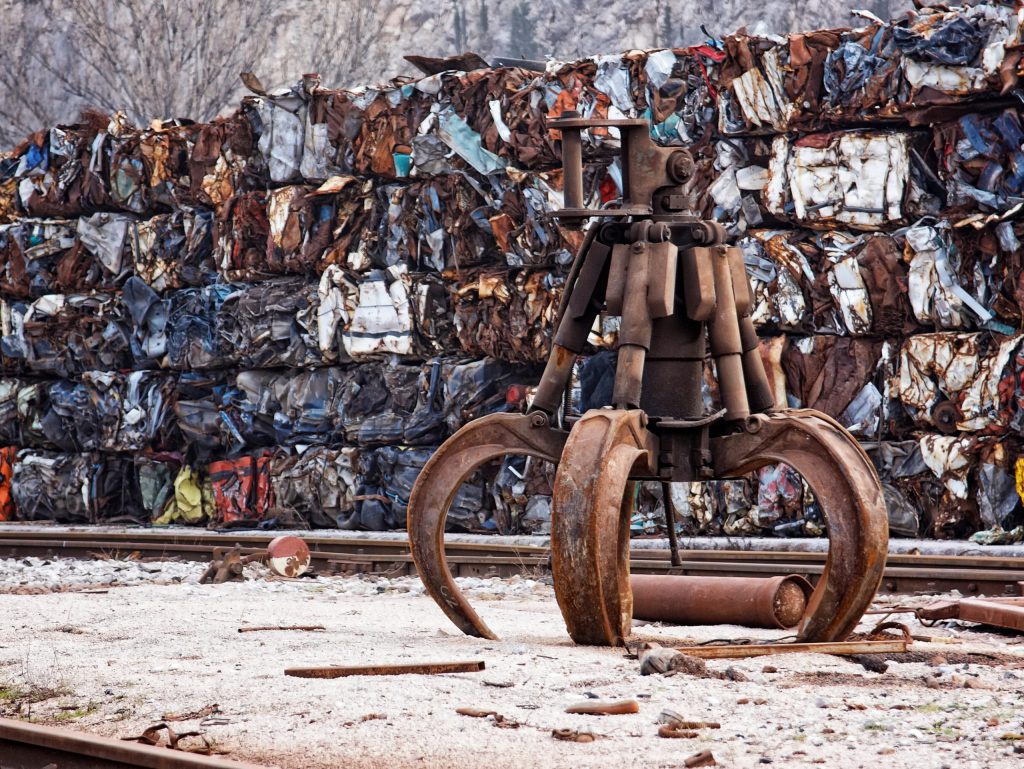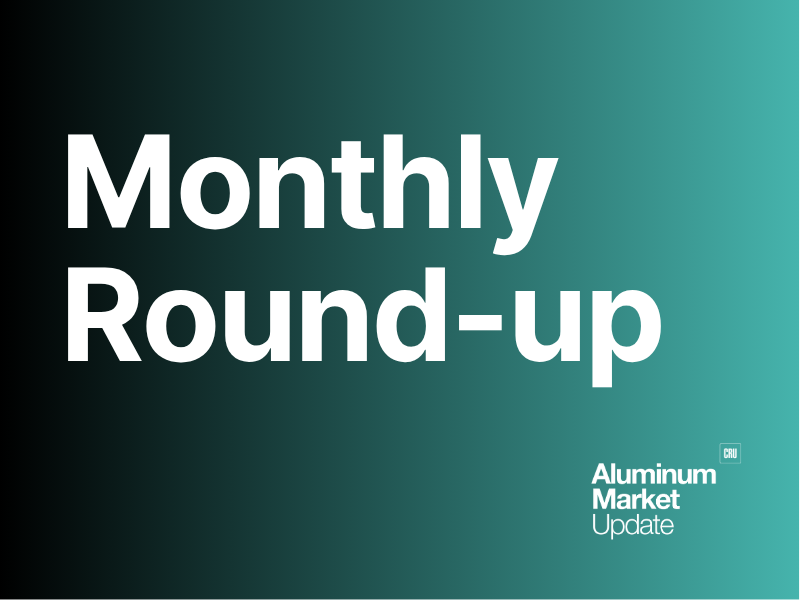Growth Markets

April 25, 2025
Parts vs. pileup: Reading between the lines of LKQ's Q1 shifts
Written by Nicholas Bell
There are a handful of market signals in aftermarket automotive parts supplier and scrap dealer LKQ Corp’s most recent earnings release that highlight a turning point in vehicle economics.
As pressures mount across the aluminum value chain, key signals buried in LKQ’s latest earnings both hint and obscure deeper shifts in how auto-related aluminum flows are being sourced, stockpiled, and sold.
Chief executive Justin Jude noted on today’s earnings call that April marked the first time after (more than) two years, used-car values “ticked up” and have “plateaued and started to improve”. If he was using the Manheim Used Vehicle Index readings as his basis, he was likely referring to year-over-year values segregated by month.
LKQ reaffirmed their full-year guidance of 0-2% organic parts and services revenue growth, though likely ending up closer to the lower end of the spectrum, the company said. In the latest quarter, LKQ’s total revenue dropped by 6-7% to $3.4bn in the quarter and organic sales growth slipped by 4.3% yet logged a 7% increase in profit totalling $169mn.
If you scan past the aftermarket parts and services figures for the North American and European markets though, as well as the specialty segment that includes components of recreational vehicles – you’ll see the smallest sales portion of the company’s operating units titled “Self Service”.
Further separated into two types of revenue – “parts & services” and “other”, the “other” portion of Self Service sales includes scrap metal sales of steel, aluminum, and PGM scrap as well as some ingots and sows produced by LKQ’s in-house furnaces.
“Other” revenue from the Self Service segment totalled $85mn this quarter, a slight increase from $83mn the year prior, while “parts and services” revenue slipped by $51mn from $54mn over the same period – possibly a sign of opting to scrap vehicles as opposed to salvaging parts to refurbish.
It was the only form of revenue across all business units that moved higher as a result of a better gross margin stemming from “improvements in vehicle procurement costs”. The Self Service operating unit historically procures the largest portion of salvage vehicles purchased by the company by a large margin.
The balance between replacement volumes and salvage activity remains difficult to quantify. It raises a broader question: to what extent will LKQ lean more heavily on parts replacement versus scrapping vehicles or recycling components into cast alloys – or offloading them to those who do? If used car prices are starting to tick higher, the depressed values that supported favorable salvage margins may begin to tighten as procurement costs increases – and twitch prices remain stagnant.
Twitch, the auto-shred grade aluminum, has increasingly struggled to justify the cost of separation from zorba in recent years, leading many processors to opt for bulk exports instead. As a result, it remains one of the most heavily stockpiled secondary aluminum scrap grades in the US, relative to its monthly consumption, according to United States Geological Survey data.
CRU’s April assessment shows that twitch, despite its reputation for being high-quality nonferrous scrap, is sitting at 96-98¢/lb – a 0.5% drop since the end of 2024 that underscores softer demand fundamentals for clean shred.
The price of castings used in automotive-heavy secondary alloys like A380.1? Old cast/sheet prices were assessed April 3 at 95-98¢/lb – a nearly 25% increase since the beginning of the year.
Notably, the company did not disclose salvage vehicle purchase volumes this quarter – an omission from a metric it typically reports, even as management referenced elevated inventory purchases in Q4 and Q1 to “get ahead of potential disruptions at the ports and from tariffs”. Historically such references have pointed squarely to salvage vehicle procurement.
The lack of detail feels emblematic of this year’s increasingly opaque earnings season. If nothing else, while the refrain of tariff talk dominates the chorus (music or theatrical metaphor – take your pick), there’s a quieter countermelody running beneath the upcoming auto part levies that might echo past the news cycle.







